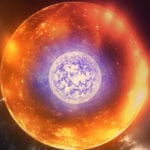 Misconceptions
Misconceptions  Misconceptions
Misconceptions  History
History 10 Amazing Roman Epitaphs
 Weird Stuff
Weird Stuff 10 Niche Subcultures That Are More Popular Than You Might Think
 Mysteries
Mysteries 10 Tragic Disappearances and Deaths in Joshua Tree National Park
 History
History 10 Ways Childhood Really Sucked in the Old West
 Music
Music 10 Name Origins of Famous Bands from the 1990s
 Religion
Religion 10 Biggest Turnarounds by the Catholic Church
 Weird Stuff
Weird Stuff 10 Unbelievable Times Laws Had Unintended Consequences
 Humans
Humans Ten Historic Women Who Deserve Way More Credit Than They Got
 Movies and TV
Movies and TV 10 Films That Spawned Major Lawsuits
 Misconceptions
Misconceptions 10 Phony Myths and Urban Legends That Just Won’t Die
 History
History 10 Amazing Roman Epitaphs
 Weird Stuff
Weird Stuff 10 Niche Subcultures That Are More Popular Than You Might Think
Who's Behind Listverse?

Jamie Frater
Head Editor
Jamie founded Listverse due to an insatiable desire to share fascinating, obscure, and bizarre facts. He has been a guest speaker on numerous national radio and television stations and is a five time published author.
More About Us Mysteries
Mysteries 10 Tragic Disappearances and Deaths in Joshua Tree National Park
 History
History 10 Ways Childhood Really Sucked in the Old West
 Music
Music 10 Name Origins of Famous Bands from the 1990s
 Religion
Religion 10 Biggest Turnarounds by the Catholic Church
 Weird Stuff
Weird Stuff 10 Unbelievable Times Laws Had Unintended Consequences
 Humans
Humans Ten Historic Women Who Deserve Way More Credit Than They Got
 Movies and TV
Movies and TV 10 Films That Spawned Major Lawsuits
Top 10 Unexplained Mysteries of the Stars
I typically do lists on unexplained mysteries which have little scientific proof of existence, such as hauntings. While these tales are a fun read and may even send a shiver or two up your spine, to me the greatest unexplained mysteries of all are about things that we actually know to exist – and which defy everything we know to be possible.
I am a scientist by trade, so it’s absolutely fascinating to me when I run into something that we can’t comprehend, despite the vast amounts of knowledge available to us today. Outer space houses the majority of these real mysteries: What is dark matter, and dark energy? Is there life on other planets? This list will look at 10 scientific mysteries contained within the night sky. Enjoy!
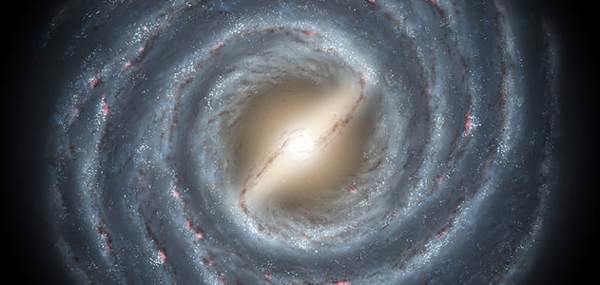
The star in question is called SDSS J102915 +172927. For the record, I much prefer simply-named stars as opposed to ones named like this one. The odd names do serve a purpose though, as they are typically coordinates for where the star can be found in the sky.
In 2011, a team of European astronomers discovered this star in the constellation Leo. It is a small star – only about 80% the size of our sun – and is believed to be around 13 billion years old. Since the universe as we know it is itself thought to be around 13.7 billion years old, this is considered one of the oldest surviving stars. Nothing is particularly unusual about this star … except that according all of our theories, it shouldn’t even exist. The star is made up of 99.99993% hydrogen and helium, elements that are too light to condense and form a star on their own. When these figures are put into any star formation super computer simulation, the result always comes back that such a star is not possible. Astronomers are puzzled as to how such a star could have formed without the aid of heavier elements – research is ongoing.

Located 400 light years from earth in the constellation Lupus, SAO 206462 gained the attention of astronomers in 2011. What surprised them was not the star itself, but what surrounded it: it seemed to have spiral arms rotating around it. Now spirals are no strangers to space, being one of the common formations for galaxies; but scientists have never observed one rotating a star before. The cause? It’s still a mystery – although a widely accepted theory is that gravity from planets, forming in the dust which orbits the star, are responsible for the features. However, there is not enough evidence to support this theory – until planets are actually detected, it is likely to remain a mystery.
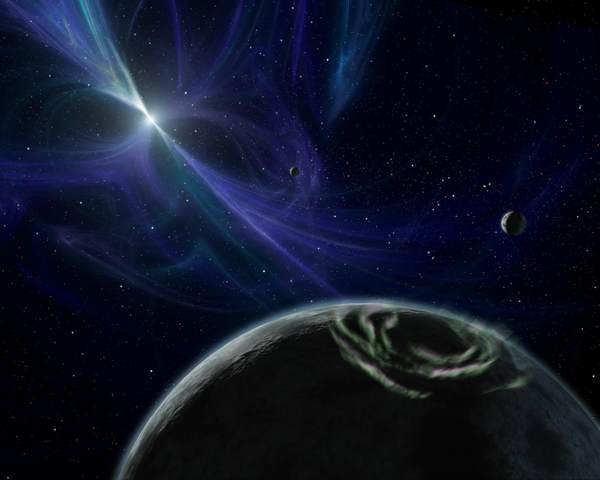 Messier 4 is a globular cluster, about 7,200 light years away from earth. If galaxies had human life cycles, this one would be an old timer at 12.2 billion years. For any who are unfamiliar with astronomy: it is believed that all galaxies eventually become globular clusters once all the gas and dust used for star formation has been depleted. This means all the stars are expected to be very old stars in the late stages of their lifespan. While looking at stars in this particular galaxy in September of 2012, a team in Chile found a star rich with a material called lithium.
Messier 4 is a globular cluster, about 7,200 light years away from earth. If galaxies had human life cycles, this one would be an old timer at 12.2 billion years. For any who are unfamiliar with astronomy: it is believed that all galaxies eventually become globular clusters once all the gas and dust used for star formation has been depleted. This means all the stars are expected to be very old stars in the late stages of their lifespan. While looking at stars in this particular galaxy in September of 2012, a team in Chile found a star rich with a material called lithium.
Although lithium is not an uncommon element for a star, it is a compound which burns off typically within the first few billion years of a stars lifecycle. As most of the surviving stars in this cluster are around 10 billion years old, finding a star with this element was like finding a needle in a haystack. It is like a teenager living in a nursing home: it just doesn’t seem to fit. Scientists think the star may have found a way to actually replenish it lithium supplies, which in a way keep the star from aging. Many have nicknamed it “the fountain of youth star.” Exactly how it replenished lithium supplies is a complete mystery, which still puzzles astronomers today.
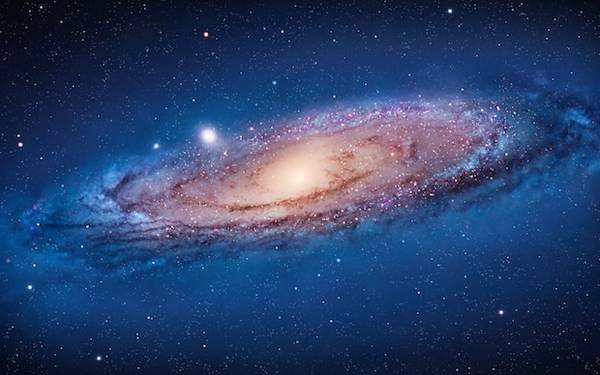
This mystery deals with probably several million stars, as opposed to just one. At only 2.5 million light years away, The Andromeda Galaxy is the closest spiral galaxy to our own. Anyone with an Apple computer running Lion should have a good idea of what this galaxy looks like. In the center of this galaxy is a supermassive black hole, like one enormous vacuum cleaner, so strong that even light cannot escape.
In 2005, the Hubble space telescope zoomed in on the galaxy’s core and discovered a blue, pancake shaped disk rotating dangerously close to the black hole. Further analysis showed that this was not just hot dust: the glow was coming from millions of young blue stars. These stars are zipping around the black hole at more than 2.3 million miles per hour. That is fast enough to circle the earth at the equator in only 40 seconds. The thing about this disk is that – given what we believe we know about the tidal forces around black holes – they should not exist. The gas which formed them, and the stars themselves, should have been torn apart by the immense gravity of the black hole. How they were able to remain intact in such a close orbit, remains a mystery.
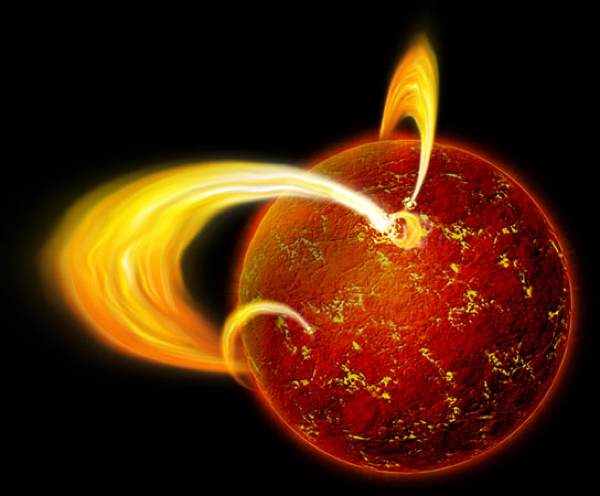
Swift J1822.3-1606 is a special type of star – known as a neutron star – located about 20,000 light years away in the constellation of Ophiuchus. (There are generally three ways a star can end its life: as a white dwarf, for smaller stars like our sun; as a neutron star, for much larger stars; or as a black hole, for the largest. The latter two are formed following the largest explosions known in the universe – supernovas.)
There are a few different types of neutron stars: a magnetar, with the strongest magnetic fields in the universe; and a pulsar, which shoots beams of electromagnetic radiation from its poles (somewhat like a lighthouse). For years, everything we knew about these stars told us that they could only become one or the other class, never both. But in 2011, Swift was discovered to have the properties of both. It is only the second star ever found to have such qualities, after a discovery of another a few months before.
The mystery? Astronomers have no idea how a star can possibly exhibit properties of both stars. While the fact we have discovered two in recent years means that they are more numerous than once thought, we are still no closer to discovering the secret behind these mysterious stars.
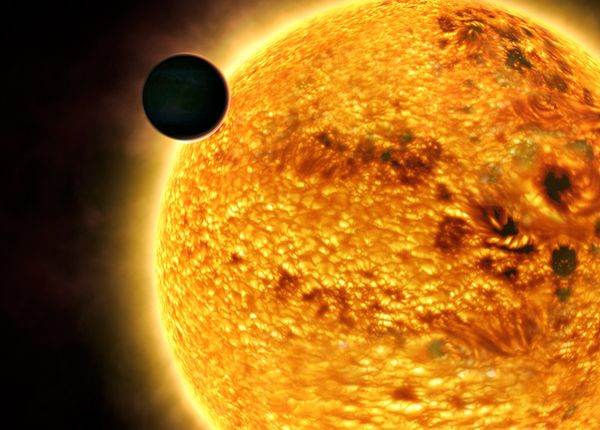
Wasp 18 is 330 light years away in the Phoenix constellation, and about 25% more massive than our sun. This is another entry where not the star itself, but what orbits it, is the real mystery.
In 2009, Coel Hellier of Keele University discovered that Wasb – 18 had a planet. Dubbed Wasp–18b, the planet is slightly bigger than Jupiter, but has about 10 times its mass. This is just below the mass that would make it a brown dwarf, which is a star that failed to initialize. What puzzles astrophysicists is that the planet orbits less than 2 million miles from its parent star. By comparison, Mercury is nearly 36 million miles from our sun.
Wasp-18 is so close to its parent, that it completes its orbit in less than 23 hours, and its surface temperature is around 4,000 degrees Fahrenheit (2,200 Celsius). Being so close, the planet should eventually fall into its sun – yet it has survived already for about 680 million years. Given the mass of the star it orbits, this planet should have been consumed long ago. How a planet was able to form and remain in a location where planets were thought unable to exist, is a question that continues to perplex astronomers.
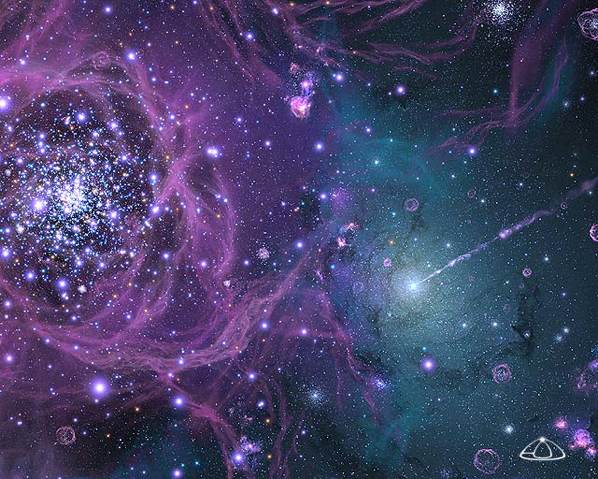
Since PSR B1257 +12 is a remnant of a supernova explosion, scientist never expected to find planets anywhere near it. But they found an entire solar system. A total of three planets and one dwarf planet orbit this pulsar. Thinking they must be common, scientists began looking at other pulsars for planets: however, only one other pulsar was confirmed to have a single planet orbiting it, showing that they are indeed extremely rare.
The process by which such planets are able to form is still not well understood. The most accepted theory is that the planets formed a little like our own – from a planetary disk that originally surrounded the star. However, any planet-making material and dust should have been thrown billions of miles out into space by the supernova explosion. How the gas and dust was able to return to the remaining ulsar, become tidally locked, and contain enough material for the formation of a whopping four planets – remains a mystery.
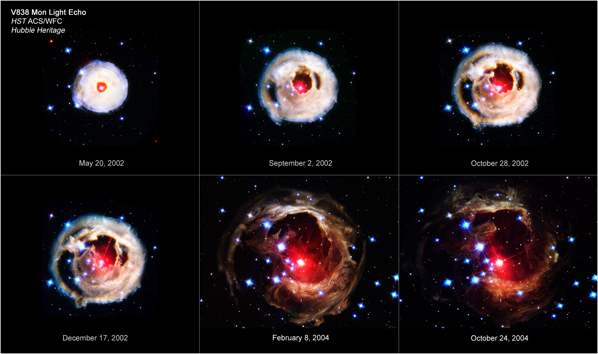
V838 Monocerotis is located in the constellation Monoceros, which is about 20,000 light years from earth, and was at one point considered one of the largest stars in the universe.
In 2002, the brightness of the star shot up suddenly. It was thought to be a simple nova, which is what happens when the remaining core of a dead star (known as a white dwarf) accumulates too much hydrogen gas from a neighboring star, causing a fantastic explosion. The star dimmed after a couple weeks, as expected, and scientists put it in the record books as a nova.
But less than a month later, the star burst into light again. Since the time period between the explosions was too short to be caused as two separate novas, astronomers were puzzled and took a closer look. It was then they discovered their problem: there was no white dwarf. The star had simply erupted by itself – and it repeated this process of brightening and dimming several times over the next few months. During its brighest eruption, the star became a million times brighter than the sun, and one of the brightest lights in the sky.
Typically, stars brighten slightly before their death – but measurements indicated that the star was only a few million years old, a mere toddler in star years. When the Hubble Telescope captured an image of the star after the eruptions, a large cloud of gas and debris was seen accelerating away from the star. One theory is that the star had collided with something unseen, such another star or planet, but scientist are still puzzled by this now decade-old mystery.
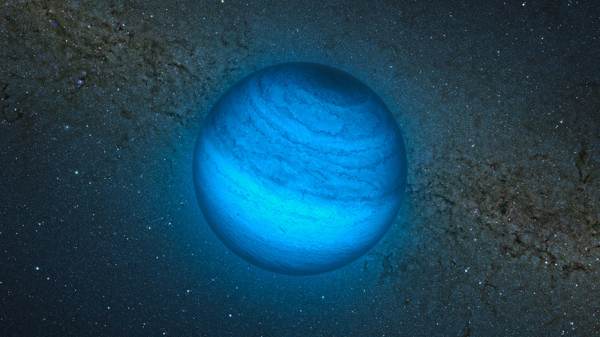
CFBDSIR 2149 – 0403 is classified as a brown dwarf. These have failed to initialize nuclear fusion in their cores, and develop into real, burning stars. While characterized as an AB Doradus star, due to its size and mass, many others characterize it as a gas giant. This would make it a planet without a parent star, which has been theorized but only rarely observed.
Only four possible candidates for the title of ‘rogue planet’ are known to exist, the one in question being the closest to earth at an estimated 130 light years. Without a large star to orbit, the motion of the plant is influenced by other stars in the AB Doradus star group. This doesn’t mean that it travels through space in any sort of straight line – a common misconception about rouge planets. But just how a planet is able to go rogue remains a mystery.

TYC 8241 2652 is located 450 light years away in the constellation Centaurs. It is believed to be around the same size as our sun – but a mere child, at 10 million years old, compared to our 4.5 billion-year-old star. From 1983 to 2008, astronomers searched a bright ring of dust around the star for possible planet formation, believing they were getting some insight into how our own solar system formed. But when the star was due for a check up in early 2009, astronomers were astonished: when they looked through their telescopes, they saw nothing but the star itself. The once-visible, glowing disk of dust was gone. It did not leave behind any planets, or any signs as to where it had gone; it had quite simply vanished. Scientists were baffled. When asked about it, astronomer Carl Melis simply stated, “We don’t have a really satisfactory explanation to address what happened around this star.”







